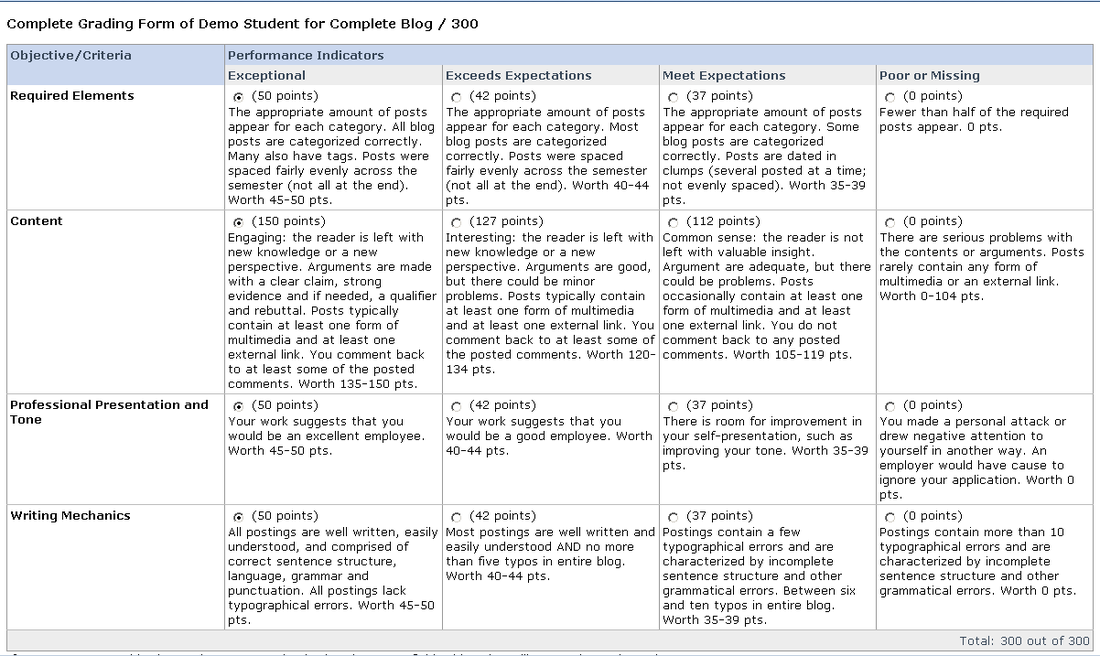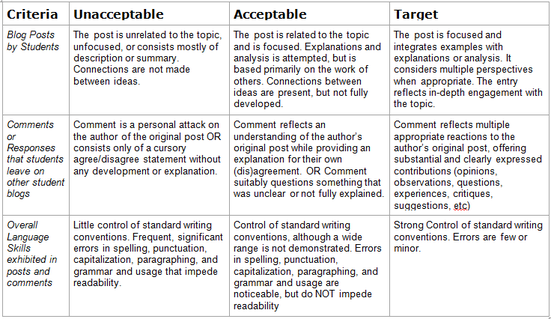Thirty years ago, students were limited to interactions with the other students in their classroom or school. For some schools, such as in my system, Forsyth County, this meant that those students were not exposed to a very diverse population. As a result, they had a limited understanding of diverse cultures. Today, the advances and integration of technology into even the most remote areas has increased both understanding and respect for diversity. The authors of Fostering Students’ Global Awareness: Technology Applications in Social Studies Teaching and Learning promote the idea that “through infusion of both global education and technology...teachers can foster students’ understandings of the interrelationships of peoples worldwide, thereby preparing students to participate meaningfully as global citizens (Crawford & Kirby, 2008).” Indeed, while the article is specific to social studies classrooms, I would argue that exposure to different cultures should be part of all classrooms and subject areas. As the business world continues to become more globally connected, an education about and exposure to diversity is essential for all students.
Crawford and Kirby continue by referencing David Thornburg’s 2002 assertion that “the most essential skills for becoming a future ‘knowledge-value’ worker are technological fluency, effective communication skills, teamwork, leadership, problem solving, and creativity (2008).” In order to give our students the most exposure to the skills, they must communicate with others outside of their own community, learning the value of other cultures and perspectives. Unfortunately, the ability of a teacher to take his or her students on culturally-rich and diverse learning experiences outside of the classroom is severely limited by the shrinking budgets that schools face. Again though, technology comes in to assist. David Houston wrote in his 2003 article “Can the Internet Promote Open Global Societies?” that “the Internet’s power as a communication tool comes in part from its capacity to disrupt the status quo by bring new knowledge at a very low cost to the far reaches of the globe.” With the cost associated with such exposure brought to manageable levels, or even eliminated, the playing field can be leveled, the digital divide can shrink, and students from all classifications can share and exchange their ideas. With the exchange of ideas comes communication, collaboration, and reflection.
Far from using the Internet “just for the sake of using it (Greene, 2012)”, Stephen Greene uses technology to open his students’ minds to stereotypes and then to eliminate them with knowledge. For example, he uses videos from YouTube and other video hosting sites to expose his ESL students to authentic language, accents, and viewpoints from English-speakers around the globe. He asks students to look at trending topics on Twitter and then to discover the meaning of the hashtag. He asks students to present their stereotypes of regions and then to research to find evidence that either confirms or refutes the stereotypes. Activities such as these are perfect for a language class, but would fit in well with any subject matter.
Another way to increase student collaboration and communication for the purpose of increasing cultural understanding and global awareness is to encourage blogging in the classroom. Hosting an open blog with two-way communication between students at two schools in different parts of the world can double the global awareness benefits, and can even lead to global action. As Crawford and Kirby argue, “By connecting classrooms worldwide, students can participate in global service learning projects (2008)” that can lead to not only the above mentioned benefits, but also the traditional classroom benefits of more engagement, higher achievement, and deeper reflection.
RESOURCES
Crawford, E.O., & Kirby, M.M. (n.d.). Fostering students’ global awareness: Technology applications in social studies teaching and learning. (2008). Journal of Curriculum and Instruction, 2(1), 56- 73. doi: 10.3776/joci.2008.v2n1p56-73
Greene, S. (2012, April11). Using technology to raise cultural awareness. Retrieved from http://www.tmenglish.org/index.php?option=com_content&view=article&id=127:using-technology-to-raise-cultural-awareness&catid=12&Itemid=134
Houston, D.A. (n.d.). Can the internet promote open global societies?. (2003). The Independent, VII(3), 354-370. Retrieved from http://www.independent.org/pdf/tir/tir_07_3_houston.pdf
Crawford and Kirby continue by referencing David Thornburg’s 2002 assertion that “the most essential skills for becoming a future ‘knowledge-value’ worker are technological fluency, effective communication skills, teamwork, leadership, problem solving, and creativity (2008).” In order to give our students the most exposure to the skills, they must communicate with others outside of their own community, learning the value of other cultures and perspectives. Unfortunately, the ability of a teacher to take his or her students on culturally-rich and diverse learning experiences outside of the classroom is severely limited by the shrinking budgets that schools face. Again though, technology comes in to assist. David Houston wrote in his 2003 article “Can the Internet Promote Open Global Societies?” that “the Internet’s power as a communication tool comes in part from its capacity to disrupt the status quo by bring new knowledge at a very low cost to the far reaches of the globe.” With the cost associated with such exposure brought to manageable levels, or even eliminated, the playing field can be leveled, the digital divide can shrink, and students from all classifications can share and exchange their ideas. With the exchange of ideas comes communication, collaboration, and reflection.
Far from using the Internet “just for the sake of using it (Greene, 2012)”, Stephen Greene uses technology to open his students’ minds to stereotypes and then to eliminate them with knowledge. For example, he uses videos from YouTube and other video hosting sites to expose his ESL students to authentic language, accents, and viewpoints from English-speakers around the globe. He asks students to look at trending topics on Twitter and then to discover the meaning of the hashtag. He asks students to present their stereotypes of regions and then to research to find evidence that either confirms or refutes the stereotypes. Activities such as these are perfect for a language class, but would fit in well with any subject matter.
Another way to increase student collaboration and communication for the purpose of increasing cultural understanding and global awareness is to encourage blogging in the classroom. Hosting an open blog with two-way communication between students at two schools in different parts of the world can double the global awareness benefits, and can even lead to global action. As Crawford and Kirby argue, “By connecting classrooms worldwide, students can participate in global service learning projects (2008)” that can lead to not only the above mentioned benefits, but also the traditional classroom benefits of more engagement, higher achievement, and deeper reflection.
RESOURCES
Crawford, E.O., & Kirby, M.M. (n.d.). Fostering students’ global awareness: Technology applications in social studies teaching and learning. (2008). Journal of Curriculum and Instruction, 2(1), 56- 73. doi: 10.3776/joci.2008.v2n1p56-73
Greene, S. (2012, April11). Using technology to raise cultural awareness. Retrieved from http://www.tmenglish.org/index.php?option=com_content&view=article&id=127:using-technology-to-raise-cultural-awareness&catid=12&Itemid=134
Houston, D.A. (n.d.). Can the internet promote open global societies?. (2003). The Independent, VII(3), 354-370. Retrieved from http://www.independent.org/pdf/tir/tir_07_3_houston.pdf



 RSS Feed
RSS Feed
